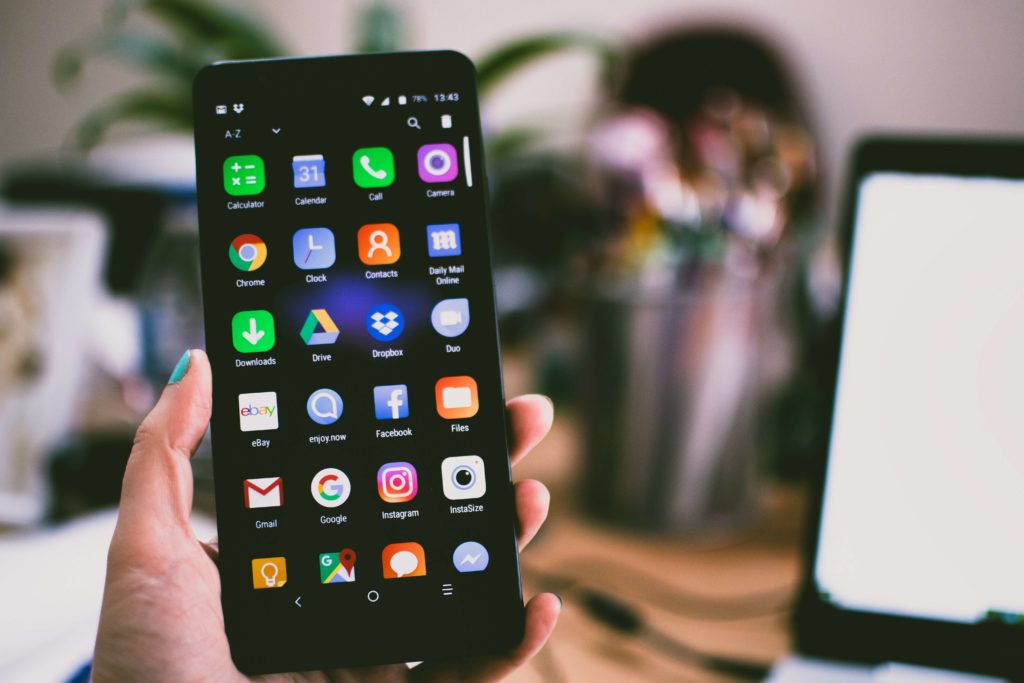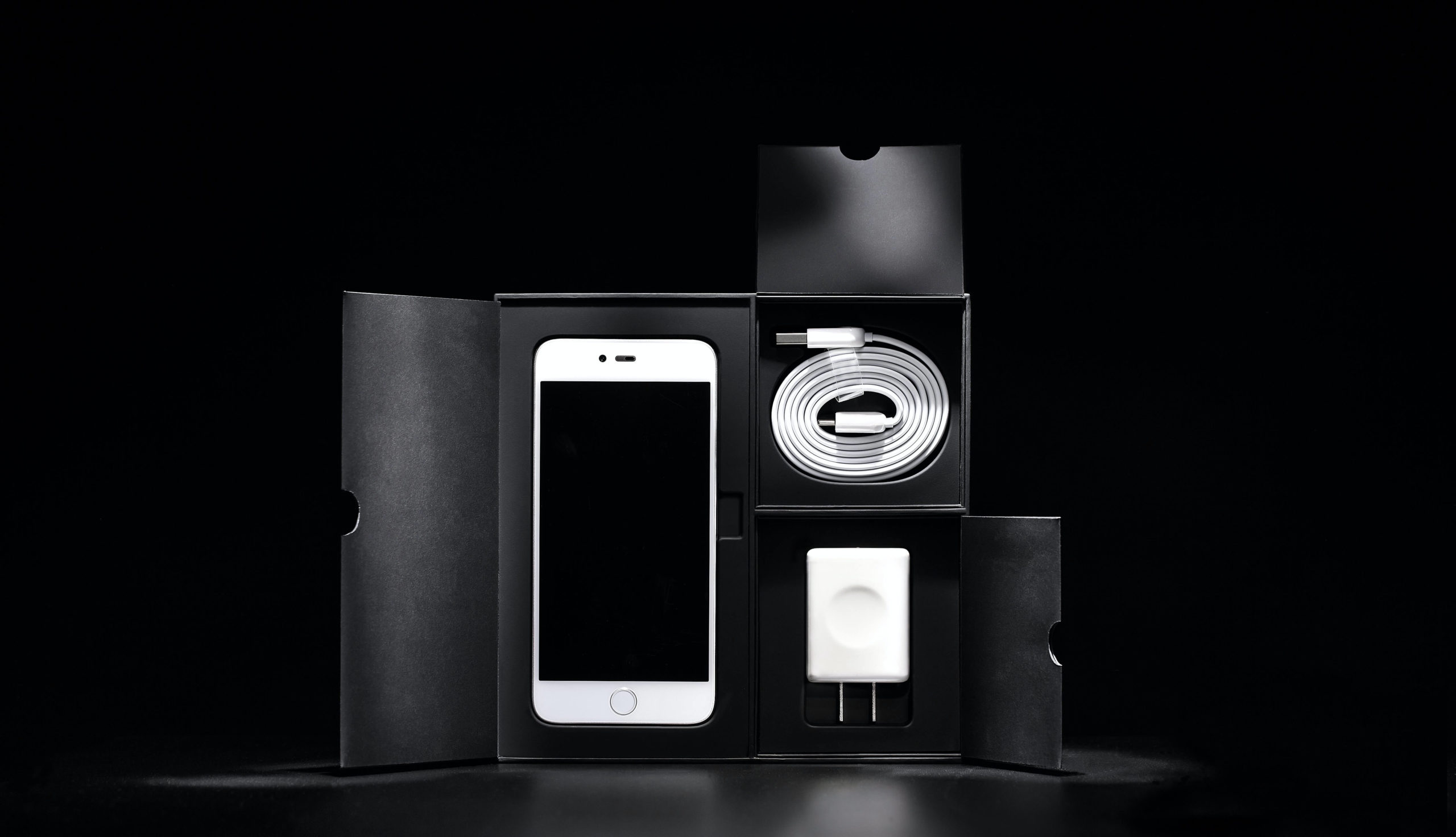We can’t say for sure, but it’s very likely that your smartphone has already been dropped a couple of times – at least once! You may have sat on it or often put it in your bag along with a bunch of dangerous objects like keys. And yet it has survived! This is possible thanks to endurance testing for cell phones.
You may not have thought of this, but no electronic device actually goes to market without being tested. Manufacturers carry out various tests to ensure that the devices can survive the most common mishaps and also the wear and tear caused by use.
Are all cell phone endurance tests the same?
No, depending on the cell phone model, it may undergo more or less testing. Foldable phones, for example, undergo special tests to determine how resistant the folding of the flexible panel or the hinge (if it has one) is. And IP-certified devices are tested in water and dust environments to prove that resistance.
However, beyond the specific tests, which depend on the design or functions of the cell phone, all smartphones undergo a standard test that guarantees the correct functioning of its components. In general, manufacturers’ internal laboratories are in charge of testing, although in some cases companies may delegate this task to third parties.
The standard endurance tests that you can’t miss
These tests for cell phones are performed by specialized machines. To test their resistance to stress and wear, device functions are tested hundreds of thousands of times. Some of the standard tests are:
– Repeatedly turning the device on and off: this ensures that after many uses the mechanism is in good working order.
– On/Off and volume buttons: repeated press tests.
– Repeated reactivation after cell phone inactivity: to verify that the cell phone’s inactivity mode works normally.
– Headphone insertion durability: headphone jack test with repeated insertion.
– USB insertion durability: test to simulate repeated insertion of the charging cable.
– Touchscreen click durability: test with repeated touches to test the stress the panel withstands.
– Fingerprint click durability: test to check the speed, efficiency and security of this function.
– Intense static pressure: tested by applying several kilograms of pressure on the device.
– Intense pressure: checks how much pressure the display can withstand.
– Long-term exposure to high temperature and humidity levels: the device is subjected to humidity of up to 95% and temperatures of up to 55°.
– Sudden changes in temperature: the device is subjected to varying temperatures between -40° and 70°C.
– Long-term temperature cycling: the cell phone is exposed to temperatures between -20° and -55°C.
Other factory tests that some cell phones pass

In addition to the above tests, there are certain devices that are subjected to other tests. One of them is the torsion test, which is performed to check at what point the panel breaks. Another is the drop test, which consists of dropping the device to a height of between 1 and 2 meters to evaluate the effects it causes.
Some devices can also be subjected to scratch tests. To do this, they are placed in special machines that turn them over with stones and then test the effects on the screen. To do this, they are placed in special machines that turn them over with stones and then test the effects on the screen. There are also chemical tests, which determine whether the components of the device deteriorate easily when exposed to various corrosive substances.
Manufacturers know that consumers are looking for rugged equipment to ensure a long service life. For this reason, many even show their laboratories to the world to show how they perform their endurance tests and give users greater confidence.
However, you should know that despite these standard tests, some devices are more resistant than others. So if you want to buy a robust cell phone, we recommend you to check its manufacturing materials (plastic is the least durable), the type of screen and the protection it offers. In our blog you can learn more about the different devices available on the market.

